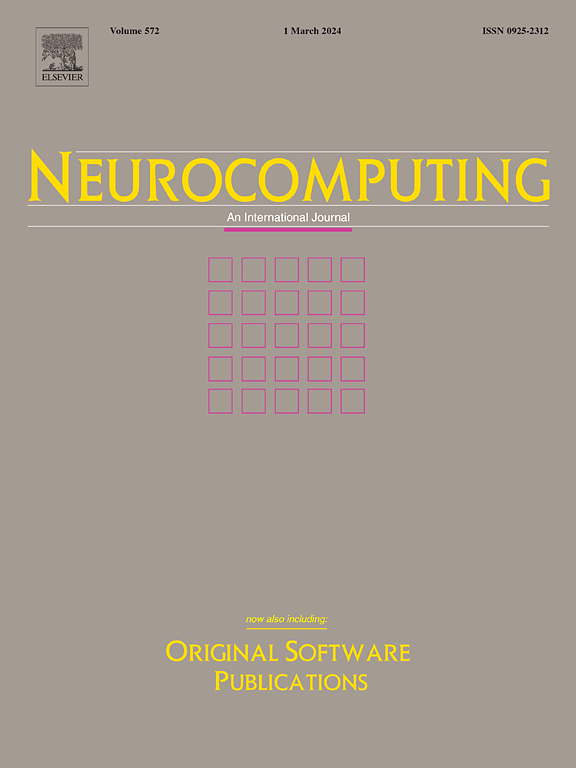Incremental learning tracking control of complex dynamical trajectories for robotic manipulator
IF 5.5
2区 计算机科学
Q1 COMPUTER SCIENCE, ARTIFICIAL INTELLIGENCE
引用次数: 0
Abstract
The inherent complexity and unpredictability of complex trajectories pose significant challenges for tracking them using a robotic manipulator’s end effector. To address this challenge, a novel incremental learning control scheme is proposed and applied to the tracking of complex dynamic trajectories by the end effector (TCDTEE). Stochastic input torque signals are exerted on the end effector of robotic manipulator so that the modeling data are collected. Then, the T-S fuzzy model (also known as an inverse model) is constructed for TCDTEE via an ensemble fuzzy framework, making it possible to obtain a control signal that can accomplish most control tasks under nominal conditions. However, the controller with fixed structure suffers from the accumulation of tracking errors and may be incapable of addressing some unexpected dynamic changes. To overcome such two problems, an interval type-2 evolving fuzzy neural network (IT2EFNN) is designed to estimate the ideal torque control rates. The IT2EFNN initializes its structure from scratch and optimizes it through the elimination of redundant rules based on the quality assessment of the fuzzy rules, thereby enhancing tracking control accuracy and system responsiveness. Meanwhile, with the help of Lyapunov analysis approach, the stability of the IT2EFNN is guaranteed. Finally, the effectiveness of the proposed method has been validated through simulations and experiments.
机械臂复杂动态轨迹的增量学习跟踪控制
复杂轨迹固有的复杂性和不可预测性给机器人末端执行器的轨迹跟踪带来了巨大的挑战。为了解决这一挑战,提出了一种新的增量学习控制方案,并将其应用于末端执行器(TCDTEE)的复杂动态轨迹跟踪。在机械臂末端执行器上施加随机输入力矩信号,采集建模数据。然后,通过集成模糊框架构建TCDTEE的T-S模糊模型(也称为逆模型),使得在标称条件下获得能够完成大多数控制任务的控制信号成为可能。但是,固定结构的控制器存在跟踪误差积累的问题,可能无法处理一些意想不到的动态变化。为了克服这两个问题,设计了区间2型进化模糊神经网络(IT2EFNN)来估计理想转矩控制速率。IT2EFNN在对模糊规则进行质量评价的基础上,从零开始对其结构进行初始化,并通过剔除冗余规则对其进行优化,从而提高跟踪控制精度和系统响应能力。同时,利用Lyapunov分析方法,保证了IT2EFNN的稳定性。最后,通过仿真和实验验证了所提方法的有效性。
本文章由计算机程序翻译,如有差异,请以英文原文为准。
求助全文
约1分钟内获得全文
求助全文
来源期刊

Neurocomputing
工程技术-计算机:人工智能
CiteScore
13.10
自引率
10.00%
发文量
1382
审稿时长
70 days
期刊介绍:
Neurocomputing publishes articles describing recent fundamental contributions in the field of neurocomputing. Neurocomputing theory, practice and applications are the essential topics being covered.
 求助内容:
求助内容: 应助结果提醒方式:
应助结果提醒方式:


